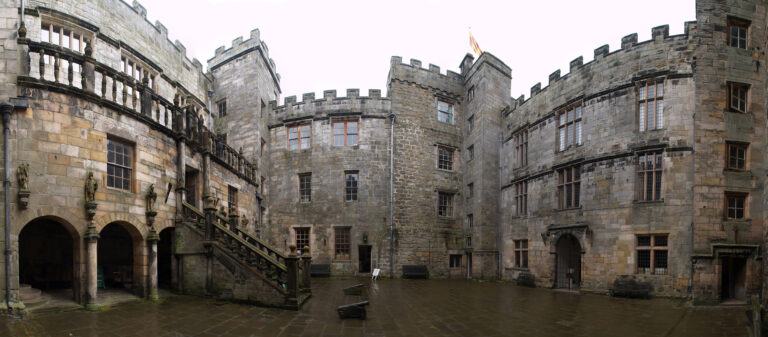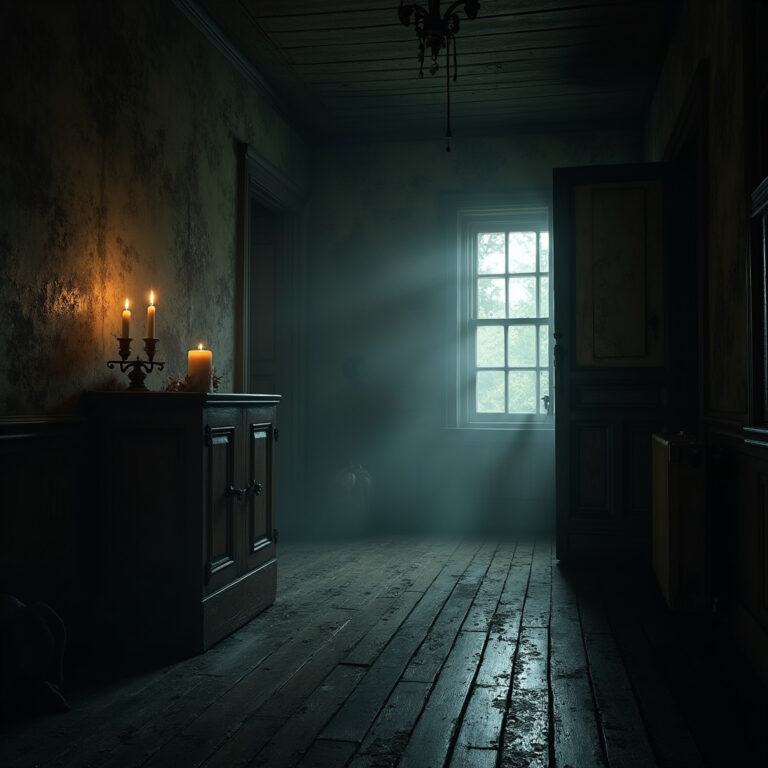Verifying a Haunted Location: What to Look for in Historical Records
When investigating a haunted location, one of the most crucial steps is researching its history. Paranormal encounters can be compelling, but historical records help separate fact from legend. Whether you’re a paranormal investigator, historian, or simply someone intrigued by a ghostly tale, digging into historical records can provide clues about past events, former residents, and any tragedies that might explain supernatural activity.
But where do you start? Here’s a guide to the key historical records and documents that can help verify a haunted location.
1. Census Records: Who Lived There and When?
The first step in verifying a haunted location is understanding who occupied the property over time. Census records, available through government archives and genealogical websites, provide valuable information such as:
✅ Names of past residents
✅ Occupations and family structure
✅ Years of residence
✅ Life events (births, deaths, marriages)
How It Helps Paranormal Research:
- If people report seeing an apparition of a woman in a Victorian dress, census records can help determine if a woman matching that description lived there.
- If multiple unrelated families lived in the home within short periods, it could indicate a history of disturbances or tragedies.
- Comparing ages and causes of death to reported paranormal sightings (such as a child ghost) can provide validation.
🔎 Where to Find Census Records:
- National Archives (U.S. Census Bureau, UK National Archives, etc.)
- Ancestry.com, FamilySearch.org
- Local historical societies and libraries
2. Death Records & Obituaries: Did Someone Die There?
A common belief is that spirits remain attached to locations where they passed away. Searching death records, obituaries, and burial records can confirm if a death occurred at the property or nearby.
✅ Names and dates of death
✅ Cause of death (illness, accident, murder, suicide, war, etc.)
✅ Burial locations (on-site graves, cemeteries, family plots)
✅ Mentions of mysterious or tragic deaths in obituaries
How It Helps Paranormal Research:
- If an apparition is seen in a house, checking records for previous deaths on the property can help validate the spirit’s identity.
- If there are multiple deaths or a tragic history, it may explain why spirits linger.
- Deaths from violence, war, or epidemics often correlate with intense paranormal activity.
🔎 Where to Find Death Records:
- Local courthouse or archives (death certificates)
- Newspapers for obituaries (Library of Congress, old newspaper archives)
- Cemetery databases (FindAGrave, BillionGraves)
3. Newspaper Archives: Tragic Events & Paranormal Reports
Old newspapers are a goldmine for uncovering past events that may have left a spiritual imprint on a location.
✅ Murders, suicides, or violent crimes
✅ Fires, natural disasters, or accidents
✅ Unexplained deaths or disappearances
✅ Previous paranormal activity reported
How It Helps Paranormal Research:
- If a ghostly woman in white has been seen near a riverbank, newspaper reports might reveal a drowning incident from decades ago.
- If strange occurrences (such as poltergeist activity) were reported in historical newspapers, it strengthens the case for ongoing hauntings.
- Tragic events like mass casualties, shipwrecks, or Civil War battles often leave behind lingering spiritual energy.
🔎 Where to Find Old Newspapers:
- Chronicling America (Library of Congress)
- Newspapers.com
- Local historical societies and microfilm archives in libraries
4. Property Deeds & Ownership Records: Patterns of Abandonment or Distress
Property deeds reveal who owned a location, when they owned it, and how often it changed hands. A history of frequent sales, foreclosures, or unexplained vacancies can indicate disturbances that may be tied to paranormal activity.
✅ Names of property owners over time
✅ Short-lived ownership (suggesting issues with the property)
✅ Financial struggles, bankruptcies, or foreclosures
✅ Land disputes, legal battles, or unresolved claims
How It Helps Paranormal Research:
- A house that repeatedly changed hands within a short period could indicate a history of paranormal disturbances.
- If multiple owners abandoned the home without explanation, it raises questions about potential spiritual unrest.
- Legal disputes or land battles involving indigenous sites, cemeteries, or former battlefields could mean the location carries energetic residue from the past.
🔎 Where to Find Property Records:
- County Clerk’s Office or local Recorder of Deeds
- Online property databases (some states provide free access)
- Historical societies with old land grants
5. Crime Reports & Police Records: Investigating Dark Histories
A haunted location may have been the site of past crimes, unsolved murders, or notorious events. Checking police records, court archives, and old crime reports can uncover hidden histories.
✅ Unsolved murders or missing persons cases
✅ Infamous crimes that left a spiritual imprint
✅ Reports of disturbances, strange occurrences, or police calls
How It Helps Paranormal Research:
- If people report seeing shadow figures in a former hotel, crime records might reveal a history of violence or illegal activity there.
- If police were repeatedly called to a house for disturbances without clear explanations, it could indicate a haunted history.
🔎 Where to Find Crime Records:
- Local police departments (some records are public)
- Court archives for criminal cases
- True crime historical databases
6. Church & Cemetery Records: Confirming Burials and Spiritual Ties
Some spirits remain tied to their burial sites, churches, or sacred locations. Checking religious and cemetery records can reveal important connections.
✅ Who was buried on or near the property?
✅ Were bodies moved (or left behind) during construction?
✅ Are there unmarked graves or old burial grounds nearby?
How It Helps Paranormal Research:
- A house built over a forgotten burial ground might explain paranormal disturbances.
- Grave relocations (such as those in urban expansion projects) can leave spirits restless.
- If a former church or monastery is now a haunted location, records may show exorcisms, deaths, or spiritual conflicts.
🔎 Where to Find Church & Cemetery Records:
- Church archives
- Cemetery offices or historical burial registries
- Online databases like Interment.net
7. Folklore & Oral Histories: Legends That Hold Truth
Not all haunted histories are written down. Local legends, oral histories, and folklore often hold grains of truth. Speaking with longtime residents, elders, or local historians can provide insights that formal records may lack.
✅ Personal accounts of hauntings or strange occurrences
✅ Stories passed down through generations
✅ Cultural beliefs about the land or spirits
How It Helps Paranormal Research:
- A ghostly soldier sighting near an abandoned fort might be validated by local stories of unmarked mass graves.
- Tales of a crying woman in a house might be traced back to a tragic real-life event from a century ago.
🔎 Where to Find Oral Histories:
- Interviews with locals
- Historical societies with recorded oral histories
- University folklore archives
Final Thoughts: Piecing Together the Paranormal Puzzle
Verifying a haunted location isn’t just about chasing ghosts—it’s about uncovering the forgotten stories that may explain the supernatural. Combining historical records with personal experiences creates a fuller picture of why a place may be haunted.
If you’re investigating a location, start with research, document your findings, and approach every case with an open but analytical mind. Sometimes, the real history is more chilling than the legend.
Have you ever researched a haunted location?
What surprising discoveries did you make?
Share your experiences in the comments!







